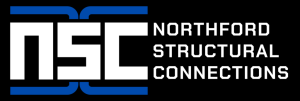DTFC: Designed for Vehicular Fatigue Loading
Introduction to DTFC
DTFC, or Durable Traffic Flow Concrete, represents a pivotal advancement in concrete engineering. Designed specifically for vehicular fatigue loading, DTFC addresses the critical demands placed on roadways by modern traffic conditions. As urban centers expand and vehicular traffic escalates, the need for resilient infrastructure becomes increasingly pronounced.
The Science of Fatigue Loading
Fatigue loading refers to the repeated stress and strain that materials experience under constant use. Roadways, subjected to continuous vehicular movement, are in a constant state of stress. This is where DTFC comes into play.
Mechanisms of Fatigue
As vehicles traverse a road surface, they apply dynamic loads that lead to microfractures in conventional concrete. These microfractures accumulate over time, weakening the material and culminating in surface failure. The challenge for civil engineers is to design pavement that can withstand these repetitive loads.
Key Features of DTFC
DTFC is engineered with several significant features that enhance its performance under fatigue loading conditions:
1. Enhanced Structural Integrity
DTFC incorporates additives that improve its tensile strength and resistance to cracking. This allows it to absorb and dissipate energy from vehicular loads more efficiently.
2. Durability Against Environmental Factors
In addition to fatigue loading, DTFC is formulated to resist common environmental challenges such as freeze-thaw cycles, de-icing chemicals, and abrasion from vehicle tires. This contributes to its longevity and reduces maintenance needs.
3. High Performance in Heavy Traffic Areas
DTFC is particularly suitable for high-traffic zones like highways, bridges, and urban thoroughfares. It is designed to handle heavy vehicles without succumbing to the stresses that often lead to premature pavement failure.
Applications of DTFC
DTFC is increasingly being adopted in various applications due to its tailored properties. Below are some notable examples:
1. Urban Roads and Highways
The urban transport system greatly benefits from DTFC. Highways subject to heavy vehicular traffic experience less cracking and degradation, extending their useful life.
2. Parking Facilities
Parking facilities, often under substantial vehicular load, can be built using DTFC to ensure they withstand the continuous pressure from vehicles without fracturing or developing ruts.
3. Bridge Decks
Bridges face unique challenges due to combined vehicular loads and environmental stressors. Using DTFC provides a solid solution to maintain integrity and safety standards over time.
Benefits of Using DTFC
The benefits associated with incorporating DTFC into infrastructure projects are multifaceted:
1. Cost Efficiency
While the initial investment in DTFC may be higher than conventional concrete, its durability reduces the frequency of repairs and replacements, leading to long-term cost savings.
2. Sustainability
By extending the life of roadways and minimizing repairs, DTFC contributes to sustainability in civil engineering. Less material is required over time, reducing the carbon footprint associated with manufacturing and transporting paving materials.
3. Enhanced Safety
A durable pavement reduces the risk of surface failure, thus enhancing safety for both vehicles and pedestrians. Smooth, robust surfaces result in fewer accidents related to pavement deterioration.
Future Innovations and Research in DTFC
The ongoing development of DTFC and similar materials remains imperative for infrastructure resilience.
1. Material Science Advances
Research continues into innovative materials that can further enhance the properties of DTFC, such as nanotechnology and the use of recycled materials, which may provide additional benefits to performance and environmental sustainability.
2. Field Studies
Long-term field studies will provide data on DTFC performance under various conditions, offering insights that could refine formulation and application methods. This research is vital to understanding how DTFC reacts in real-world scenarios, ensuring it meets the demand of contemporary vehicular traffic.
Conclusion
DTFC stands at the intersection of technology and practical engineering solutions for vehicular fatigue loading. As urban areas face increasing vehicular traffic, the need for advanced materials like DTFC becomes crucial. Its inherent strength, durability, and cost-effectiveness mark it as a game-changer in infrastructure management, promising a sustainable future for roadways.
Author: STAFF HERE CHARLESTON
The CHARLESTON STAFF WRITER represents the experienced team at HEREcharleston.com, your go-to source for actionable local news and information in Charleston, Charleston County, and beyond. Specializing in "news you can use," we cover essential topics like product reviews for personal and business needs, local business directories, politics, real estate trends, neighborhood insights, and state news affecting the area—with deep expertise drawn from years of dedicated reporting and strong community input, including local press releases and business updates. We deliver top reporting on high-value events such as the Spoleto Festival USA, Charleston Wine + Food Festival, and the MOJA Festival. Our coverage extends to key organizations like the Charleston Metro Chamber of Commerce and the Charleston Museum, plus leading businesses in tourism and maritime industries that power the local economy such as South Carolina Ports Authority and the Charleston Visitor Center. As part of the broader HERE network, including HEREaiken.com, HEREbeaufort.com, HEREchapin.com, HEREcharleston.com, HEREclinton.com, HEREcolumbia.com, HEREgeorgetown.com, HEREgreenwood.com, HEREgreenville.com, HEREhiltonhead.com, HEREirmo.com, HEREmyrtlebeach.com, HEREnewberry.com, HERErockhill.com, HEREspartanburg.com, HEREaustin.com, HEREcollegestation.com, HEREdallas.com, HEREhouston.com, and HEREsanantonio.com, we provide comprehensive, credible insights into South Carolina's dynamic landscape.







